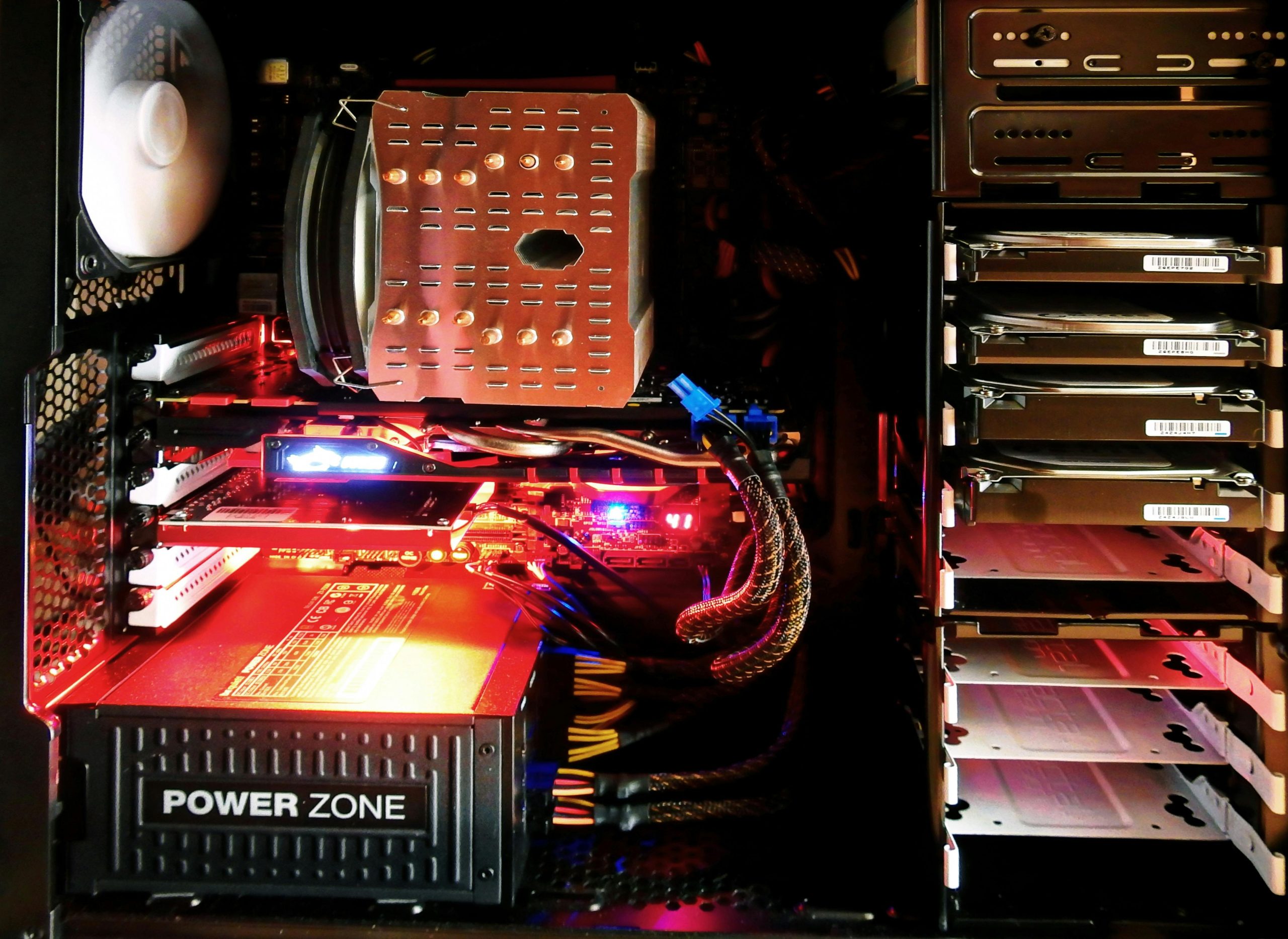Understanding Kernel Data Inpage Error and Troubleshooting Strategies for Your PC
Introduction
Experiencing Blue Screen of Death (BSOD) errors can be a frustrating hurdle for many users, especially when they occur sporadically and without clear cause. One such error that often confuses users is the “KERNEL_DATA_INPAGE_ERROR.” If you’re encountering this issue, accompanied by occasional BSODs, particularly during game launches or specific applications, this article aims to provide insights into the potential causes and effective troubleshooting steps.
What Is the KERNEL_DATA_INPAGE_ERROR?
The KERNEL_DATA_INPAGE_ERROR typically indicates problems with data retrieval from your storage device into memory, often pointing to issues with your hard drive or SSD, or potential memory problems. It signifies that Windows attempted to read data from the disk into memory but encountered an error, which can result in system crashes.
Summary of Your System Configuration
- Operating System: Windows 11
- Motherboard: Gigabyte B550 AORUS ELITE AX V2
- RAM: Kingston KF432C16BB/8 (paired across channels) and G.Skill F4-3200C16S-8GIS
- Storage: Lexar NM710 1TB NVMe SSD
- CPU: AMD Ryzen 7 5700X (overclocked to 4.6GHz)
- GPU: NVIDIA GeForce RTX 4070
Your troubleshooting efforts so far—such as running memtest86 for RAM testing, using Lexar DiskMaster for disk health checks, and executing CHKDSK—have returned no issues. Additionally, the minimal dump suggests a double fault (unexpected kernel trap), which can be caused by hardware incompatibilities or failures in memory or storage subsystems.
Potential Causes
- Storage Device Issues: Despite running scans, intermittent or rare hardware failures can evade detection.
- RAM Problems: Even if MemTest86 shows no errors, subtle memory issues might still be present.
- Driver or Firmware Conflicts: Outdated or incompatible device drivers, especially for storage and motherboard chipset.
- Overclocking Instability: The CPU overclock to 4.6GHz could induce system instability affecting memory and storage interactions.
- System File Corruption: Corrupted Windows or driver files could contribute to unstable behavior.
Recommended Troubleshooting Steps
- Firmware and Driver Updates:
- Update your motherboard BIOS to the latest version from [Gigabyte’s official site](https://www.gig
Share this content:



